GM and Delphi Ditching UAW For New "Green" Production Jobs
As GM tools up for production of its Volt extended-range electric car, Automotive News [sub] has noticed something interesting: workers at GM’s new battery pack assembly plant are not represented by the United Auto Workers. Located in the heart of UAW territory (Brownstown Township, MI), the Volt battery plant represents the very jobs that local politicians and GM leadership hailed as the green future of the auto industry. When the plant opened, GM Chairman/CEO Ed Whitacre waxed eloquent about the opportunities:
The development of electric vehicles like the Chevy Volt is creating entire new sectors in the auto industry – an “ecosystem” of battery developers and recyclers, builders of home and commercial charging stations, electric motor suppliers and much more. These companies and universities are creating new jobs in Michigan and across the U.S. – green jobs – and they’re doing it by developing new technology, establishing new manufacturing capability, and strengthening America’s long-term competitiveness.
As long as they do so without UAW representation, apparently. Needless to say, if GM can get away with using non-union workers at a crucial plant that’s supposed to represent the firm’s future, things aren’t looking so good for our friends in organized labor.
And though GM only has 25 workers currently working the Brownstown plant, that number will increase, and the symbolism is far more important than pure numbers. The plant is part of a new wholly-owned subsidiary called GM Subsystems Manufacturing LLC, and GM spokesfolks confirm that non-union labor was an important factor in maintaining competitive manufacturing costs.
Though electric motor production at Maryland’s White Marsh plant will be a union shop, GM’s biggest supplier Delphi is also taking measures to keep its EV component factory in Kokomo, IN, free from union representation (in line with its new union-free mantra). Kokomo Local 292’s president calls the decision a “smack in the face” for the union, which is facing a decades-long slide in membership. The former DuPont plant will supply electric drives to Allison Transmission for use in medium-duty trucks and buses, and will eventually see its non-union workforce grow to 190.
Meanwhile, five Delphi plants that were transferred to GM during the supplier’s bankruptcy are being pressured to break their master agreements so they can compete amongst each other for work. In fairness though, UAW leadership doesn’t seem to be doing much to improve the situation for workers.
More by Edward Niedermeyer
Latest Car Reviews
Read moreLatest Product Reviews
Read moreRecent Comments
- Carson D Just don't be the whistleblower who reports on the falsification of safety data. That's a deadly profession.
- Carson D I'd have responded sooner, but my computer locked up and I had to reboot it.
- Todd In Canada Mazda has a 3 year bumper to bumper & 5 year unlimited mileage drivetrain warranty. Mazdas are a DIY dream of high school auto mechanics 101 easy to work on reliable simplicity. IMO the Mazda is way better looking.
- Tane94 Blue Mini, love Minis because it's total custom ordering and the S has the BMW turbo engine.
- AZFelix What could possibly go wrong with putting your life in the robotic hands of precision crafted and expertly programmed machinery?


















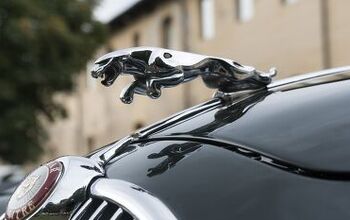



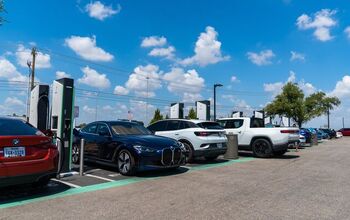


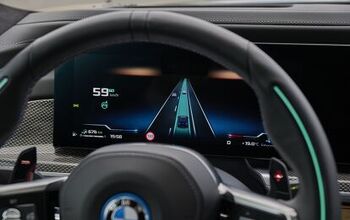
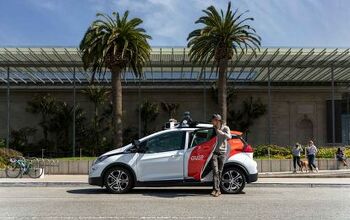


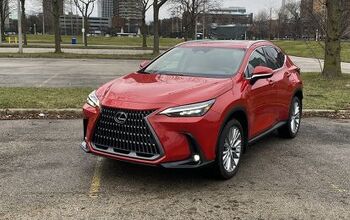
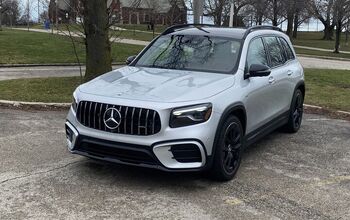

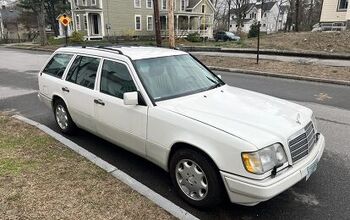
Comments
Join the conversation
I think that the UAW will horn in on it, if GM is successful. If GM can pay their loans, and ditch majority union ownership, I will line back up for my Vetts, Camaros, and Silverados. Till then, the Blue Oval Boys and their 32V 5.0L Mustang is looking good.
I found it odd that GM didn't try to do things without the UAW long ago. The joint venture with Toyota could have been a non-union plant. Toyota didn't have any agreements with the UAW and GM could have said that it was really a Toyota plant. I don't know how successful it would have been in California, but they never really tried. With Saturn, they built a new plant in a "right to work" state, yet bring the UAW on board. It was a whole new company that wasn't bound to any previous contracts. GM could have tried it. My dad was a UAW member working for GM at the time and GM's relationship with the UAW at that time couldn't have gotten any worse over that.